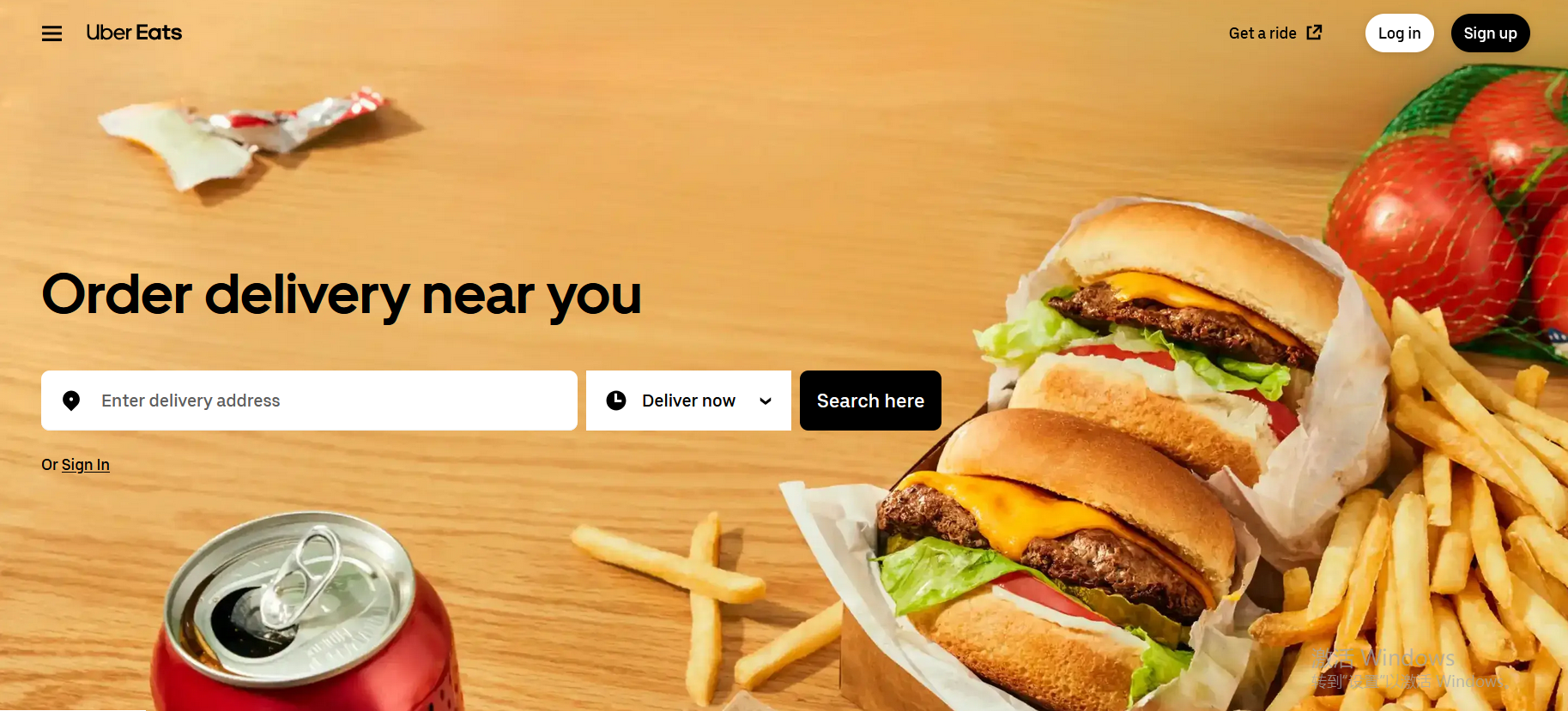Launched in 2014 as UberFRESH (later rebranded in 2015),
Uber Eats emerged from Uber’s core ride-sharing infrastructure. By leveraging
existing driver networks and geolocation technology, it achieved rapid
scalability, now operating in 6,000+ cities across 45 countries (Q2 2025
data).
Uber Eats official Website: https://www.ubereats.com
1. Genesis & Evolution
Key milestones:
2016: First profitable market (Toronto)
2018: Autonomous delivery trials in San Diego
2021: "Group Orders" feature for workplace catering
2024: AI-powered dynamic pricing 2.0 rollout
2. Triple-Play Business Model
2.1 Demand Side
Consumer App: Features like "Live Tracking" (with 87% user satisfaction) and "Dietary Filter" (vegan/gluten-free options)
Subscription: Uber One members get 0% delivery fees (12M+ subscribers globally)
2.2 Supply Side
Restaurant Partnerships: 950K+ merchants, from Michelin-starred to cloud kitchens
Revenue Share: 15-30% commission varies by region
2.3 Delivery Network
Multi-modal Logistics: E-bikes (78% urban orders), cars, and drone trials in select markets
Algorithmic Routing: Reduces average delivery time to <32 minutes
3. Technological Edge
Predictive Ordering: Machine learning analyzes weather/local events to pre-position drivers
Computer Vision: Photo-based quality control for sushi/pizza deliveries
Blockchain: Pilot program for transparent farm-to-restaurant ingredient tracking
4. Socioeconomic Impact
Employment: Created 4.2M "gig economy" delivery jobs worldwide
Sustainability: 63% of packaging now compostable (2025 initiative)
Controversies: Ongoing debates about worker benefits and restaurant profit margins
5. Future Horizons
With projected $42B GMV by 2026, Uber Eats is testing:
Robotic Warehouses: Automated meal assembly in Tokyo
Virtual Brands: Digital-only restaurants optimized for delivery
Health Integration: Prescription medicine delivery via CVS partnership
"We’re not just delivering food—we’re delivering time back to people." — Uber Eats Global VP, 2024



